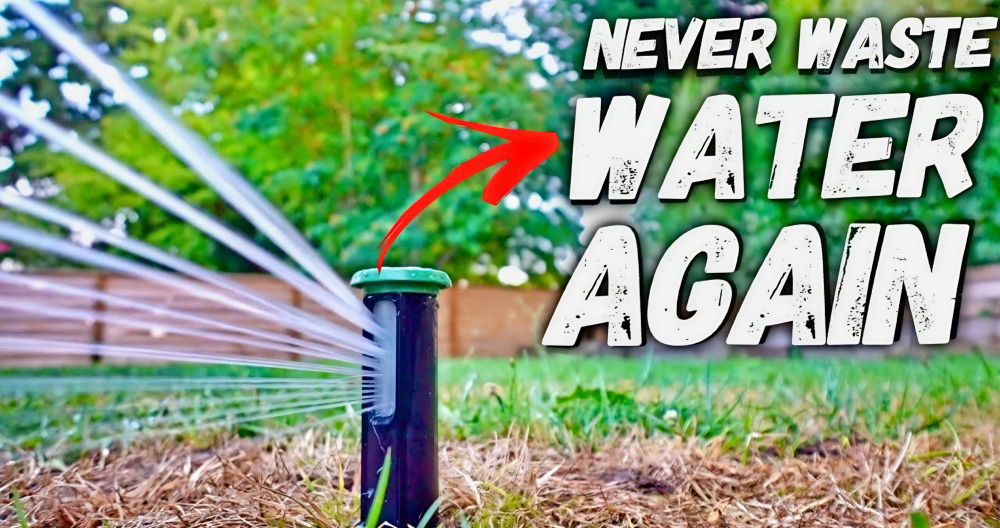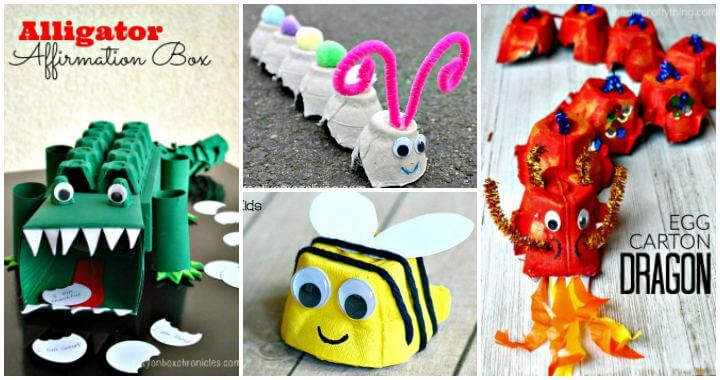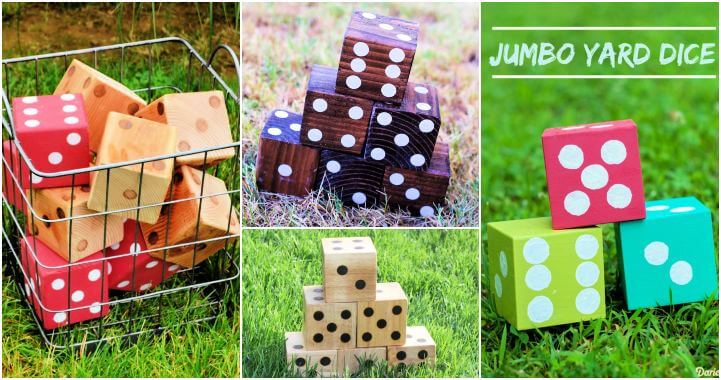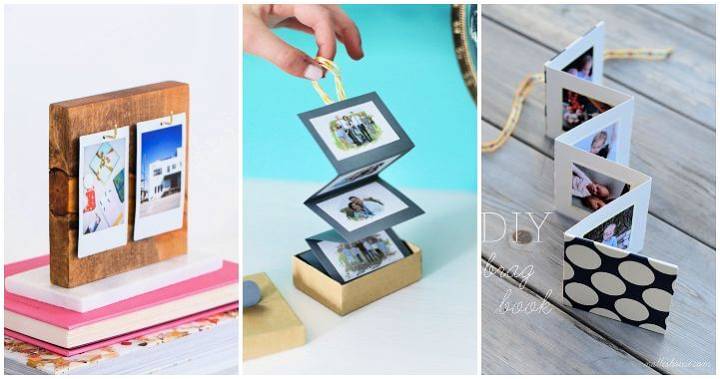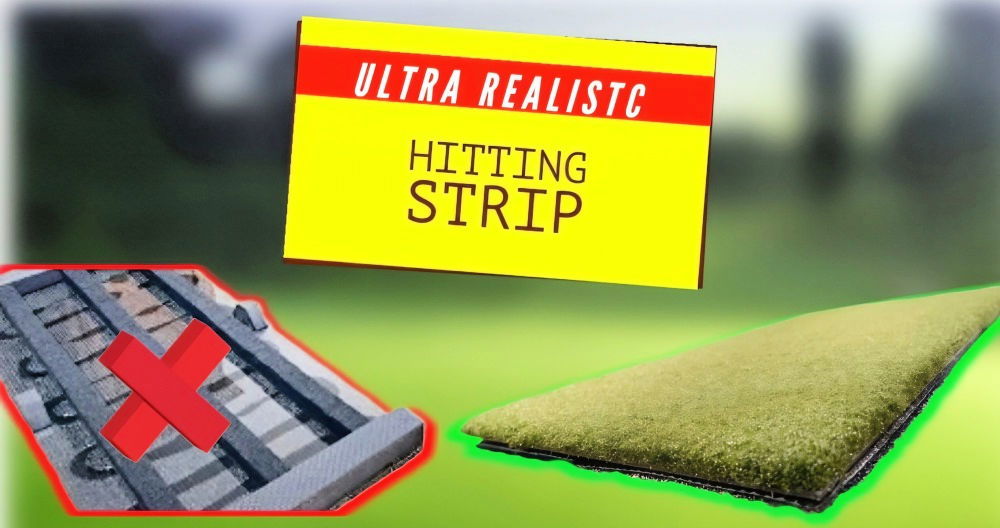Making an indoor fairy garden is akin to weaving a piece of your own imagined paradise into reality. Small in scale yet immense in its capacity to enchant and captivate, a DIY fairy garden is a wonderful project that's not only easy to undertake but also deeply rewarding. Today, I want to walk you through the magical journey of making your own fairy garden, from selecting the perfect pot to adorning it with the smallest details that breathe life into your miniature landscape.
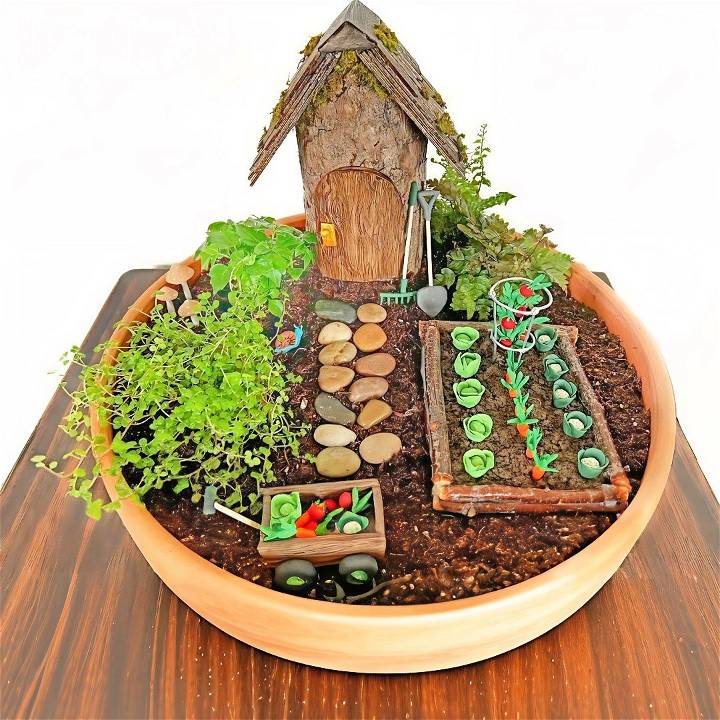
Choosing Your Materials
- The Pot: The foundation of your fairy garden starts with the right pot. Preferably, pick a wide pot that isn't too deep, ensuring it has a drainage hole to keep your plants happy.
- Polymer Clay: For those who cherish a personal touch, polymer clay is your friend. It's versatile, easy to mold, and only hardens when you bake it, allowing for endless revisions until you're satisfied.
- Plants: Opt for plants that grow slowly and maintain a compact size, such as Baby Tears or miniature succulents. This will ensure that your fairy garden remains manageable over time.
- Natural Elements: Gather sticks, pebbles, and moss from your yard. These will add authenticity and charm to your setup.
- Paint and Glue: Non-toxic paint and polymer clay glue will be needed to add color and assemble your polymer clay creations.
Why These Materials?
Each element plays a crucial role in bringing your fairy garden to life. The pot is your canvas, the polymer clay allows for customization, and the plants are the essence of the garden itself. Natural elements from your yard connect your magical indoor garden with the outside world, grounding your creation in reality while allowing your imagination to roam free.
Step by Step Instructions
Follow these step-by-step instructions to make a fairy garden with polymer clay. You'll learn crafting, pot prepping, assembly, finishing touches, and maintenance.
Step 1: Crafting with Polymer Clay
Begin with the end in mind by envisioning how you want your fairy garden to look. Do you want a cozy cottage or perhaps a whimsical veggie plot? Once you've decided, start molding your polymer clay to fit your vision. I maked carrots, a tiny wheelbarrow, and even a fairy-sized shed door. The joy of working with polymer clay is found in the details, like adding wood grain texture with a toothpick or painting on delicate features.
Pro Tip: Polymer clay is forgiving and allows for endless experimentation, so let your creativity flow!
Step 2: Preparing Your Pot
While your polymer clay creations are baking, prepare your pot. Ensure it's clean and fill it with a suitable potting mix. Remember, the soil is the lifeline for your plants, so choosing a high-quality mix is key.
Step 3: Assembling the Fairy Garden
Once your clay items are baked and painted, it's time to assemble your fairy garden. Begin by placing your plants in the pot, considering their growth patterns and how they'll frame your fairy garden elements. Next, position your polymer clay creations, adding the shed door to the pot's side or situating the wheelbarrow among the plants.
Pro Tip: Before planting, play around with the placement of each element, ensuring there's harmony in your garden's layout.
Step 4: Adding Finishing Touches
This is where your fairy garden comes to life. Use pebbles to make a winding path, or add moss to give an aged look to your structures. If you're like me, gathering sticks from the yard to craft a tiny fence adds a charming touch. Finally, fill your wheelbarow with polymer clay veggies, marking the completion of your mini garden.
Step 5: Maintenance
While fairy gardens are relatively low maintenance, they do require some care. Be prepared to trim plants like Baby Tears to keep them from overshadowing your garden's elements. Also, regular watering (mindful of the drainage) will ensure your plants stay healthy and vibrant.
Personalization Ideas for Your Fairy Garden
Making a fairy garden is a delightful way to express your creativity and add a touch of magic to your home or garden. Personalizing your fairy garden makes it uniquely yours. Here are some ideas to inspire you:
- Reflect Your Favorite Colors: Start by choosing a color scheme that speaks to you. Whether it's the calming blues and greens of a woodland palette or the vibrant pinks and yellows of a flower-filled meadow, let your favorite colors guide your plant and decoration choices.
- Incorporate Miniature Accessories: Add personal touches with miniature accessories that reflect your hobbies or interests. For example, if you love reading, include tiny books or a reading nook. If gardening is your passion, add miniature tools and pots.
- Use Meaningful Figurines: Select figurines that have personal significance. This could be a fairy that resembles a beloved family member or a creature from a story that has special meaning to you.
- Make a Theme Garden: Dedicate your fairy garden to a theme that resonates with you. It could be a beachside retreat, a mystical forest, or even a replica of your own home in miniature form.
- Add Sentimental Items: Incorporate small items that hold sentimental value, such as pebbles from a memorable vacation or a piece of jewelry that can be repurposed as a decoration.
- Celebrate the Seasons: Change elements of your fairy garden with the seasons. Add pumpkins and colorful leaves in autumn or bright flowers and a mini hammock in summer.
- Leave Space for Growth: As you grow and change, so can your fairy garden. Leave room for new plants, accessories, and ideas that you may want to add in the future.
The most important aspect of personalizing your fairy garden is that it reflects who you are. Have fun with it, and let your imagination run wild!
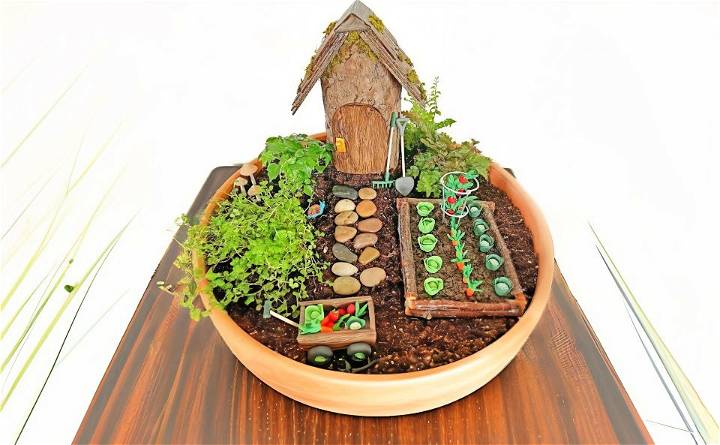
Maintenance Tips for Your Fairy Garden
Keeping your fairy garden looking magical requires some tender love and care. Here are some maintenance tips to help you keep your fairy garden in top shape:
- Water Wisely: Fairy gardens need regular watering, but it's important not to overdo it. Use a spray bottle to gently mist the plants gently, ensuring the soil is moist but not waterlogged.
- Prune with Precision: As your plants grow, they'll need pruning to keep them miniature. Use small scissors to trim back any overgrowth, maintaining the shape and scale of your fairy garden.
- Fertilize with Care: Use a diluted liquid fertilizer to provide nutrients to your plants. Do this sparingly, as too much can harm the delicate balance of your miniature ecosystem.
- Monitor Plant Health: Keep an eye out for signs of disease or pests. If you spot any issues, treat them promptly with natural remedies or consult a gardening expert for advice.
- Seasonal Adjustments: Adapt your fairy garden to the changing seasons. In colder months, protect it from frost, and in hot weather, provide shade to prevent scorching.
- Refresh Decorations: Over time, the elements can fade or damage decorations. Every so often, replace or refresh items to keep your fairy garden looking its best.
- Clean Regularly: Remove any debris, such as fallen leaves or twigs, to keep your fairy garden tidy and prevent rot.
By following these simple maintenance tips, you'll ensure that your fairy garden remains a charming and enchanting space for you to enjoy.
FAQs About DIY Fairy Garden
Discover the essential FAQs about DIY fairy garden. Learn tips, tricks, and answers to make your whimsical miniature garden easily.
A fairy garden is a miniature garden that includes small plants, decorations, and sometimes figurines. It’s designed to make a whimsical, magical scene that can be enjoyed indoors or outdoors.
Opt for true miniature plants that match the scale of your fairy garden. Consider the light requirements—whether the plants need full sun or shade—and choose varieties that will thrive in your garden’s conditions.
Absolutely! Making your own decorations adds a personal touch. Use natural materials like sticks, stones, and leaves to craft furniture or paths. You can also repurpose household items into charming accessories.
Regular maintenance is key. Water the plants as needed, prune to keep the scale, and replace any decorations that wear out. It's a living garden, so expect to make adjustments as it grows.
When selecting accessories, think about the theme and story you want your fairy garden to tell. Look for items that are weather-resistant if your garden is outdoors. You can find miniature furniture, tools, and even tiny creatures to inhabit your garden. Remember, less is more—avoid clutter to maintain the enchantment of your fairy space.
Conclusion
In conclusion, learning how to make a DIY fairy garden is a fun and engaging way to add a touch of magic to your home or garden. With a little creativity and a few supplies, you can make a whimsical miniature world that delights all who see it. Whether you're arranging tiny plants, designing pathways, or adding charming decorations, this project encourages imaginative play and a connection to nature. So gather your materials and start making your own fairy garden today!



